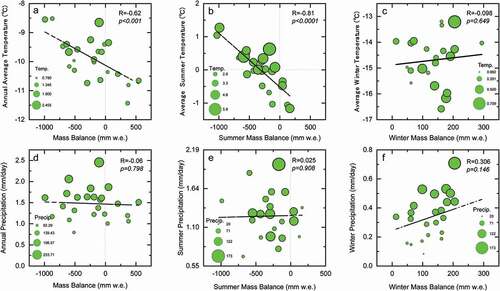Figures & data
Figure 1. Location of the Dongkemadi Ice Field (DIF) and outline of the investigated glaciers. No. 13 and No. 14 refer to the Xiao Dongkemadi Glacier (XDG) and Da Dongkemadi Glacier (DDG), respectively. WDL, TTH, AD, and NQ refer to Wudaoliang, Tuotuohe, Anduo, and Naqu meteorological stations. The solid black lines in the upper right of the figure are the main mountains in western China
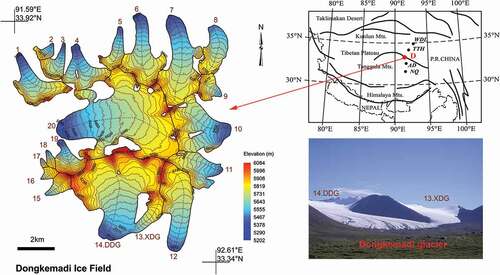
Figure 2. Comparison of (a) the reconstructed and observed daily air temperatures from 1991 to 1994 and (b) the monthly precipitation and observed from 1 July 2005 to 12 December 2008. The observed daily air temperature are from Fujita et al. (Citation2000) and monthly precipitation is from H. Gao, He, et al. (Citation2012)
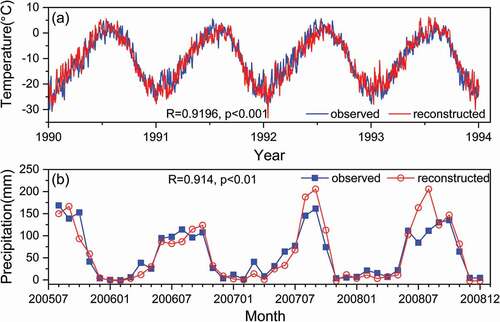
Figure 3. (a) Extrapolated daily mean air temperature and precipitation at the terminus of the XDG from 1989 to 2012 and downscaled daily mean air temperature and precipitation for (b) RCP 4.5 and (c) RCP 8.5, respectively
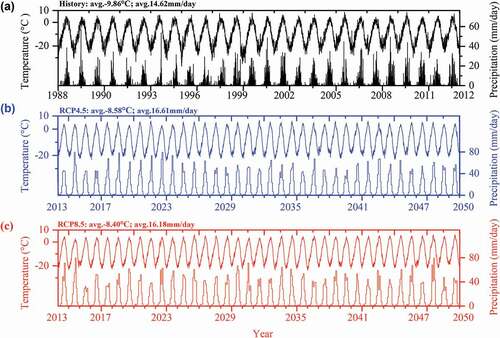
Table 1. Ground-based meteorological data
Table 2. Applied parameters of the model optimized for all measured mass balance series in the DIF
Figure 4. Comparison between simulated and measured (a) annual mass balance and (b) ELA and (c) scatterplot of calculated vs. measured mass balance at individual stakes on the XDG. The vertical bar denotes the 1δ standard deviation
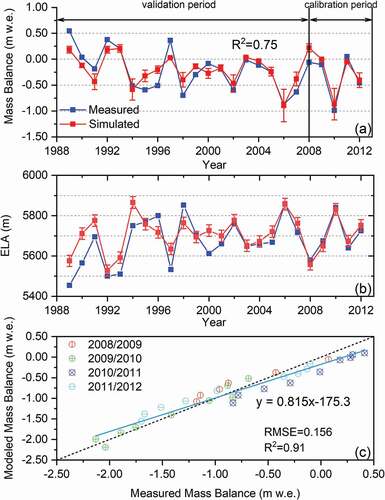
Figure 5. Seasonal variation in mass balance in the DIF during the period 1989 to 2050 under RCP 4.5 and RCP 8.5. The blue and red bars denote accumulation and ablation, respectively, and the black samples and line refer to the annual net mass balance. Error bar indicates the standard deviation of the results
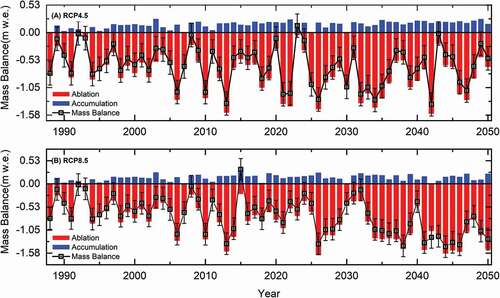
Table 3. The annual mean mass balance of the XDG and DIF during different periods
Figure 6. (a) Accumulated mass balance during 1989 to 2050 and (b) anomalies in accumulated annual mass balance
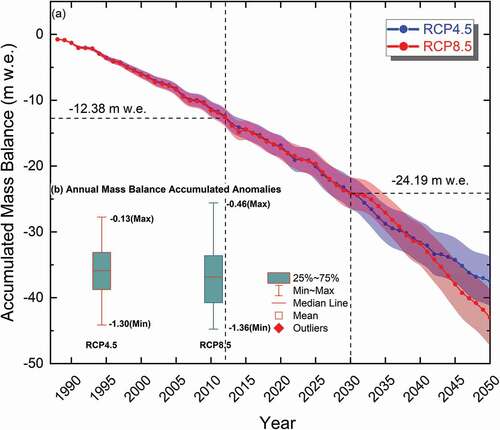
Figure 7. (a) Distribution of area and (b) mass balance from 1989 to 2012 in (c) RCP 4.5 and (d) RCP 8.5 with respect to altitude in the DIF
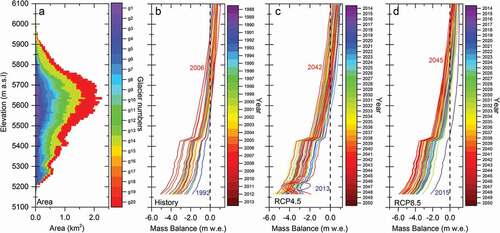
Figure 8. Variation in each individual glacier in the DIF from 1989 through future scenarios for 2050

Figure 9. (a) Total area decrease and (b) volume of accumulated loss from 1989 to 2050 in the DIF. The shaded area indicates the 1δ deviation in the data
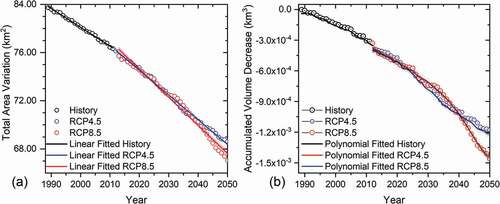
Figure 10. Spatial variation in mass balance and terminus elevation of the (a) DDG and (b) XDG from 1989 to 2012. The black lines show the glacier boundaries in 1989 and the red numbers are the altitudes of the glacier terminus in the respective years
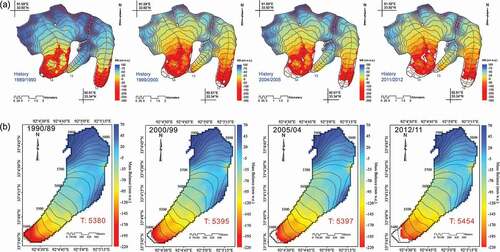
Figure 11. Spatial variation in mass balance and terminus elevation for all glaciers in the DIF from 1989 to 2050. The black lines show the glacier boundaries in 1989
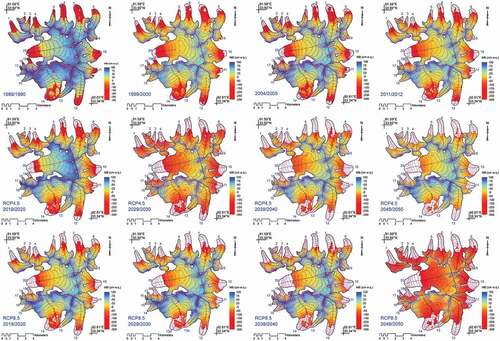
Figure 12. Correlation between mass balance and means (annual, summer, and winter air temperatures) or total (annual, summer, and winter precipitation) local climate forcing from simple linear regression analysis for 1989 to 2012 in the XDG. Dashed lines represent changing trends with indicators. The summer season corresponds to the months June to September
